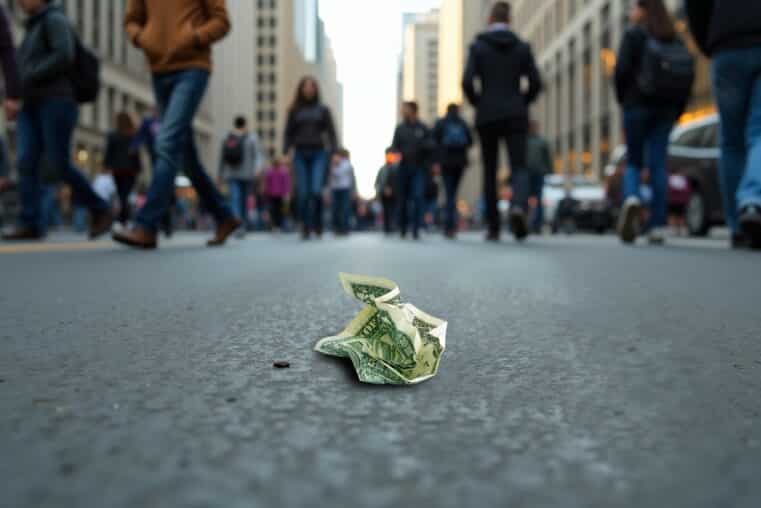
Corporate Paralysis and the Coming Economic Chill
Calm on the Surface, Chaos in the Minds of CEOs
Despite what the mainstream headlines are peddling—“steady employment,” “resilient sales,” “GDP holding firm”—there’s a silent contraction happening beneath the surface. The Federal Reserve’s April Beige Book, that eight-times-a-year pulse-check from the bankers who think they run the world, tells a story the CPI and payroll reports won’t admit: America’s business leaders are frozen. Not because things are bad now, but because they believe they’re about to get a lot worse.
Hiring is stalling. Capital investment is drying up. Strategy sessions have pivoted from growth to damage control. And behind it all is the word uncertainty—mentioned 80 times in this report, up from 45 last month, 11 a year ago, and even more than during the free fall of 2008. When that many decision-makers are afraid to move, the so-called “strong economy” becomes a house of cards.
Wait-and-See Becomes Stop-and-Freeze
From Kansas City to Boston, Fed contacts heard the same message from the front lines of American industry: the brakes are on. Business leaders are shelving plans for innovation and focusing on how to survive a tariff-rattled, regulation-heavy, politically unstable landscape. The Kansas City Fed noted a chilling trend: a full strategic shift away from long-term investment and toward defensive positioning. Sound familiar? That’s exactly what we saw in 2007 before the bottom dropped out.
Other districts report firms not just delaying hiring but preparing for layoffs. In boardrooms, no one wants to say it, but everyone’s thinking it: a downturn is no longer a question of if, but when—and how bad.
The Beige Book’s Ominous Subtext
On its face, the Fed’s summary sounds like a Xanax-laced lullaby: “Economic activity was little changed since the previous report.” But read one level deeper, and you see the panic masked by calm language. The Beige Book isn't written to warn the public—it’s a tool to manage perception among insiders. That’s what makes its current tone so alarming: even in code, the fear is coming through.
The so-called trade war, inflationary policy shocks, and the grotesque overreach of federal authority have created a toxic fog. Business leaders aren’t dumb. They know the game is rigged, and they’re not betting growth capital on a table where the rules change every quarter.
Tourism, the Canary in the Coal Mine
Even in sectors that typically resist downturns, like tourism, the tremors are being felt. The Boston Fed flagged sharp declines in travel from Canada, and concern that summer bookings from Europe and China will plummet. Why? Tariffs. Foreign perception. And maybe a dawning realization that America is no longer seen as a beacon of economic opportunity, but a volatile, unpredictable giant that might eat its own currency before it defaults on its debts.
Final Take:
What we’re witnessing isn’t just hesitation—it’s paralysis born from rational fear. The façade of economic strength is just that: a façade. When executives won’t spend, won’t hire, and won’t innovate, they’re voting with their balance sheets. And what they’re saying is clear: a storm is coming, and Washington won’t be able to print its way out this time.
If you want to survive the next leg down—and you will need to—grab “7 Steps to Protect Your Account from Bank Failure” today.
Pick up Bill Brocius' must-read The End of Banking As You Know It, and don’t wait another week to join the Inner Circle newsletter for just $19.95/month.
The storm’s not coming—it’s already here. Prepare accordingly.











